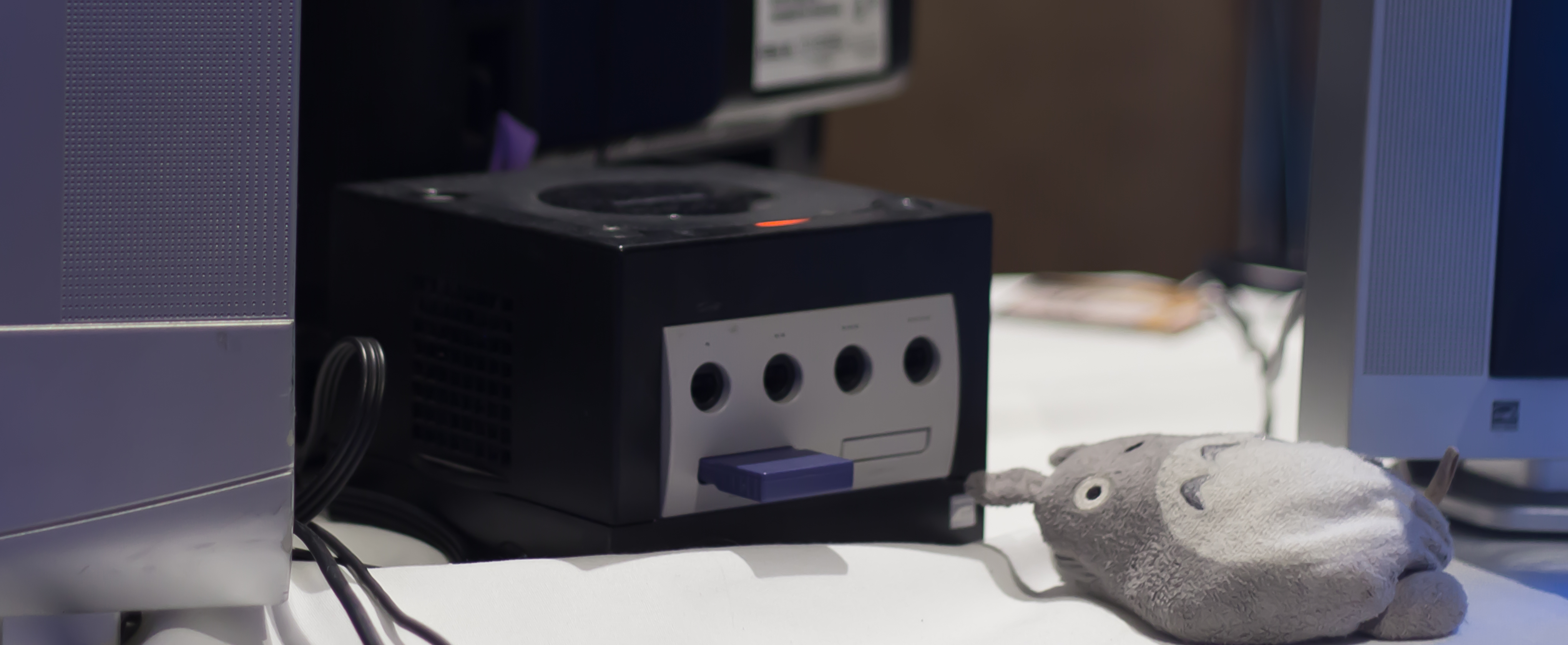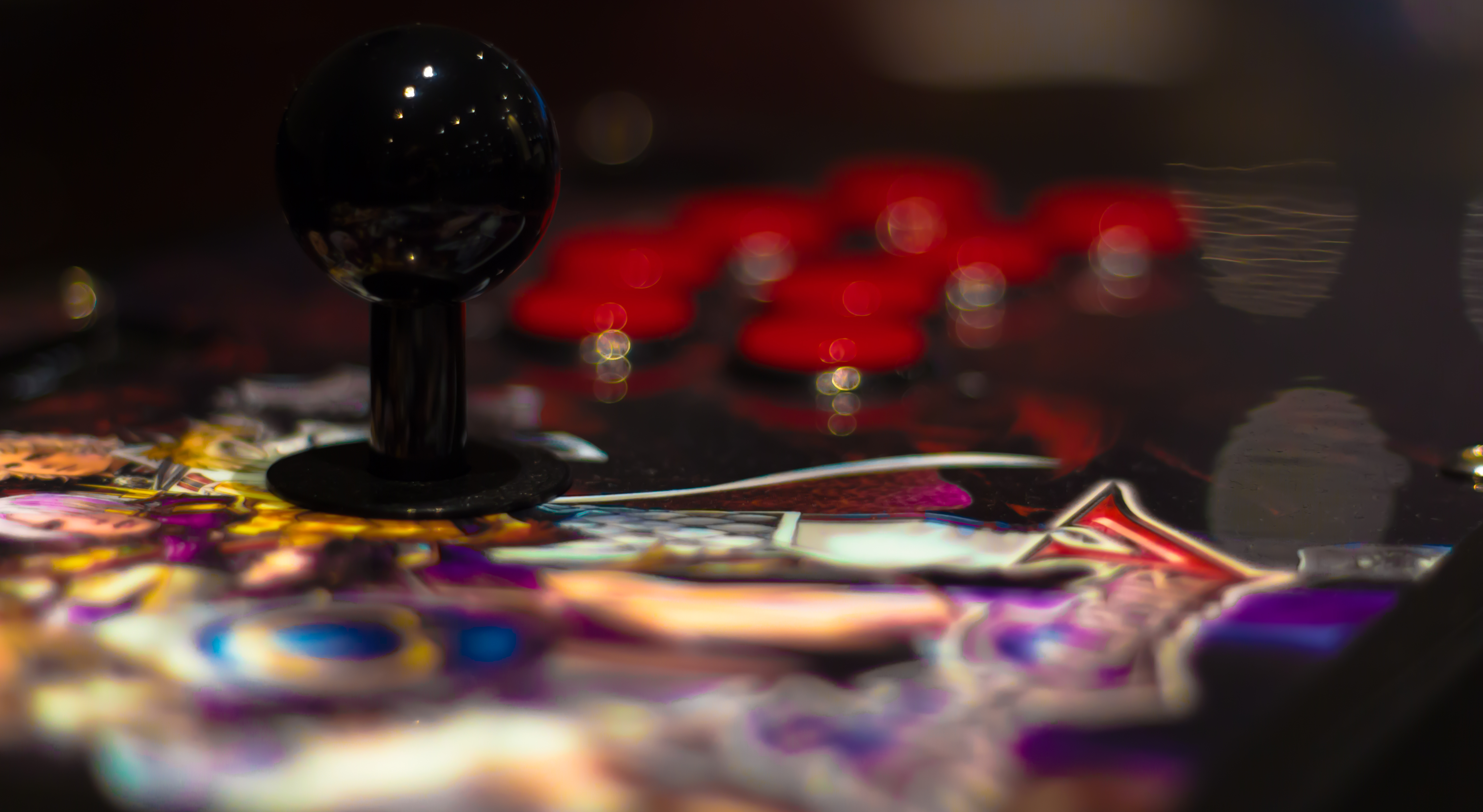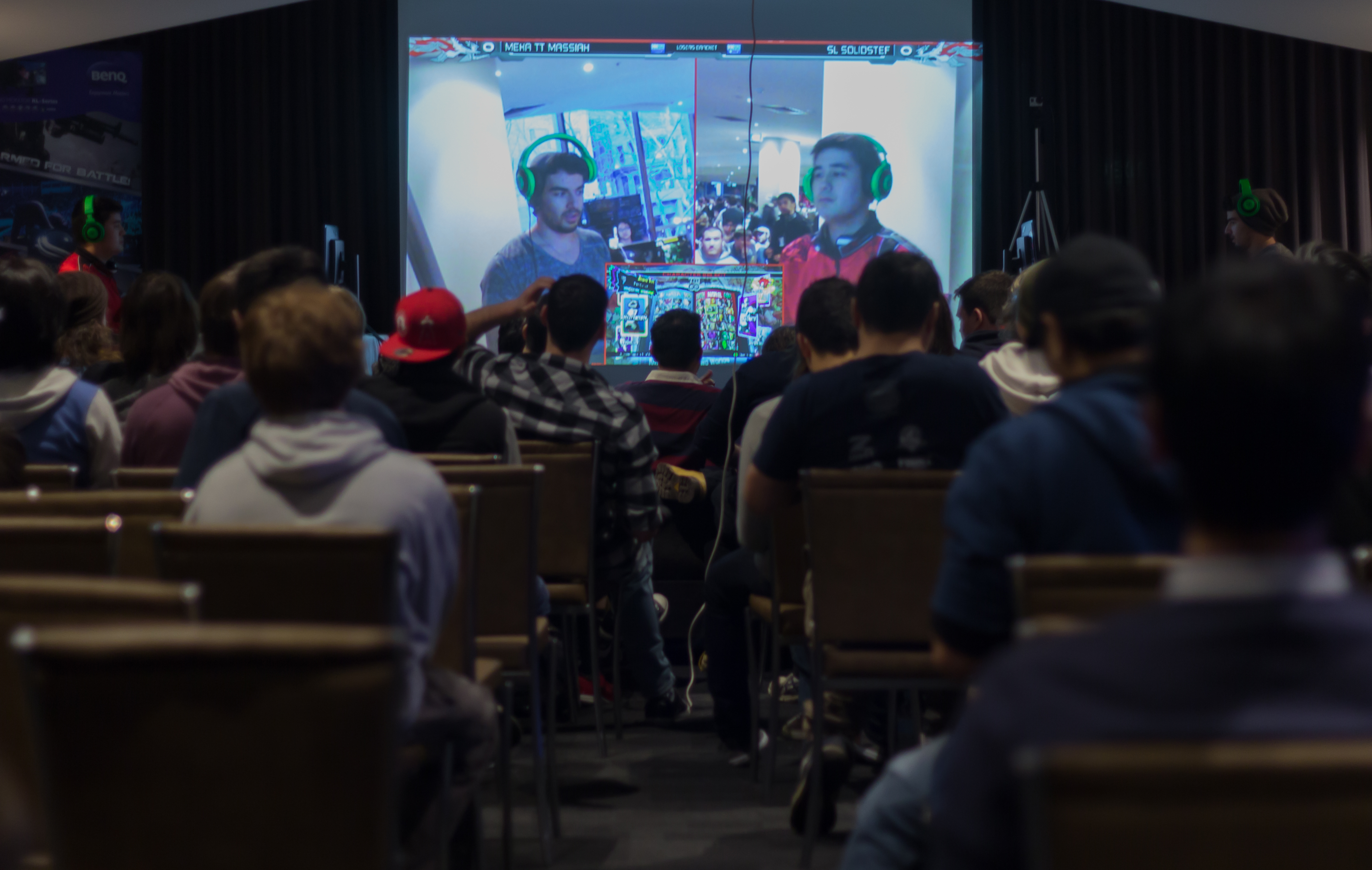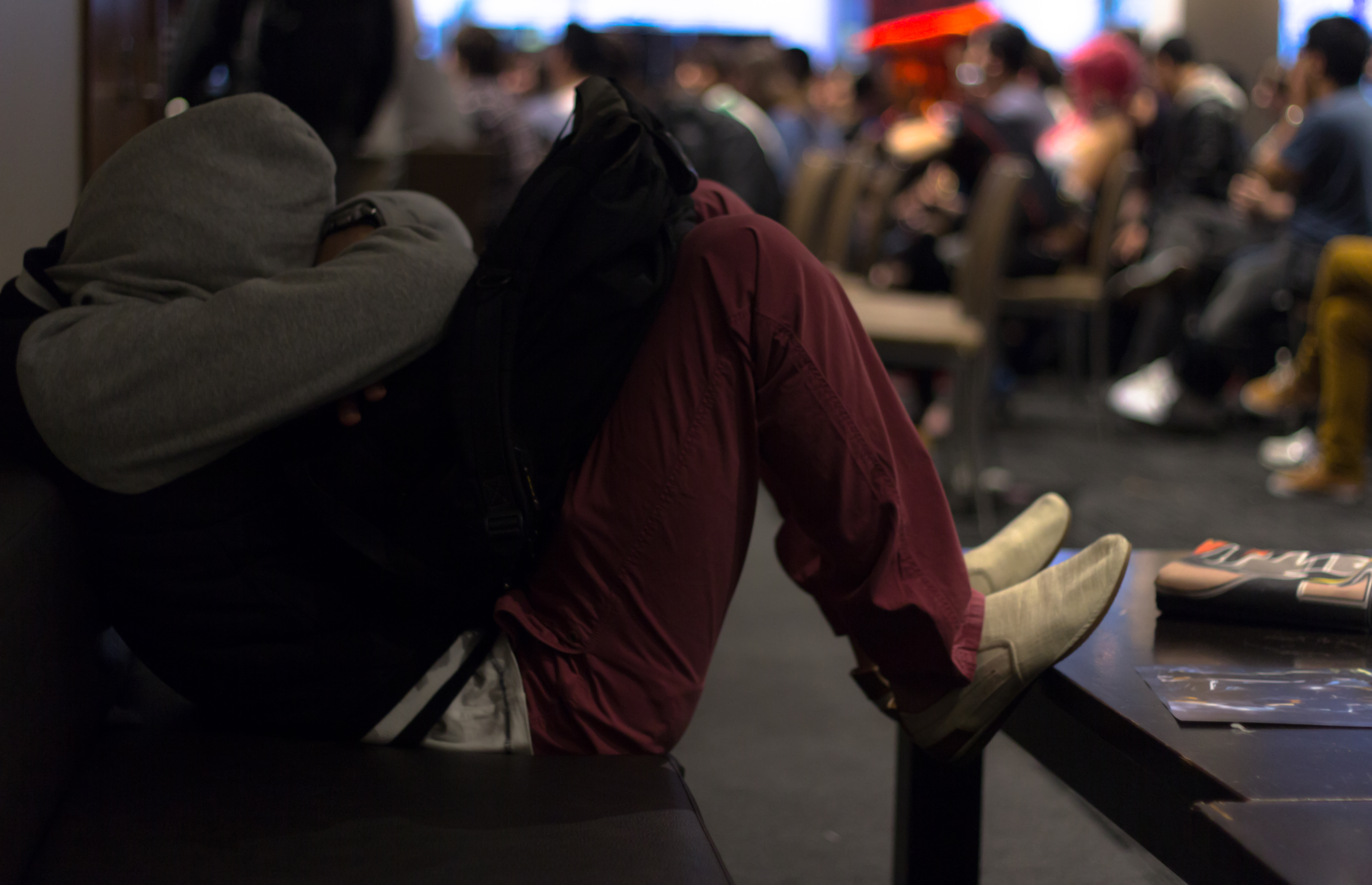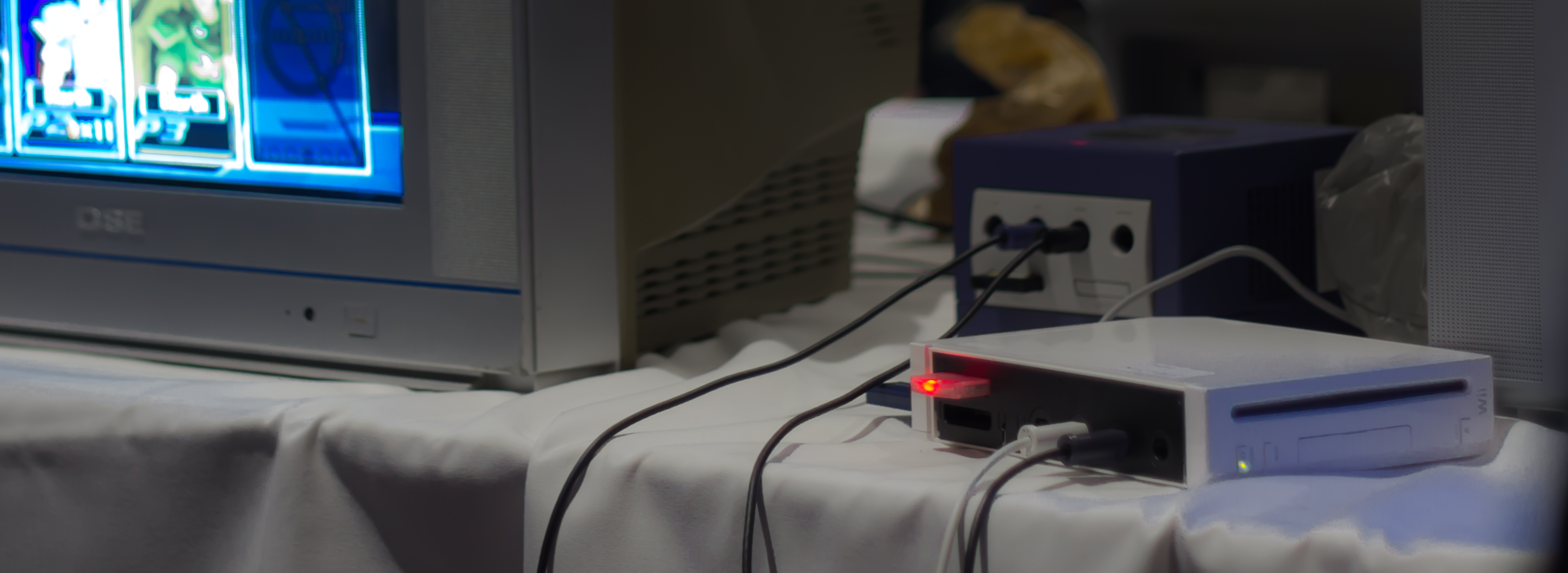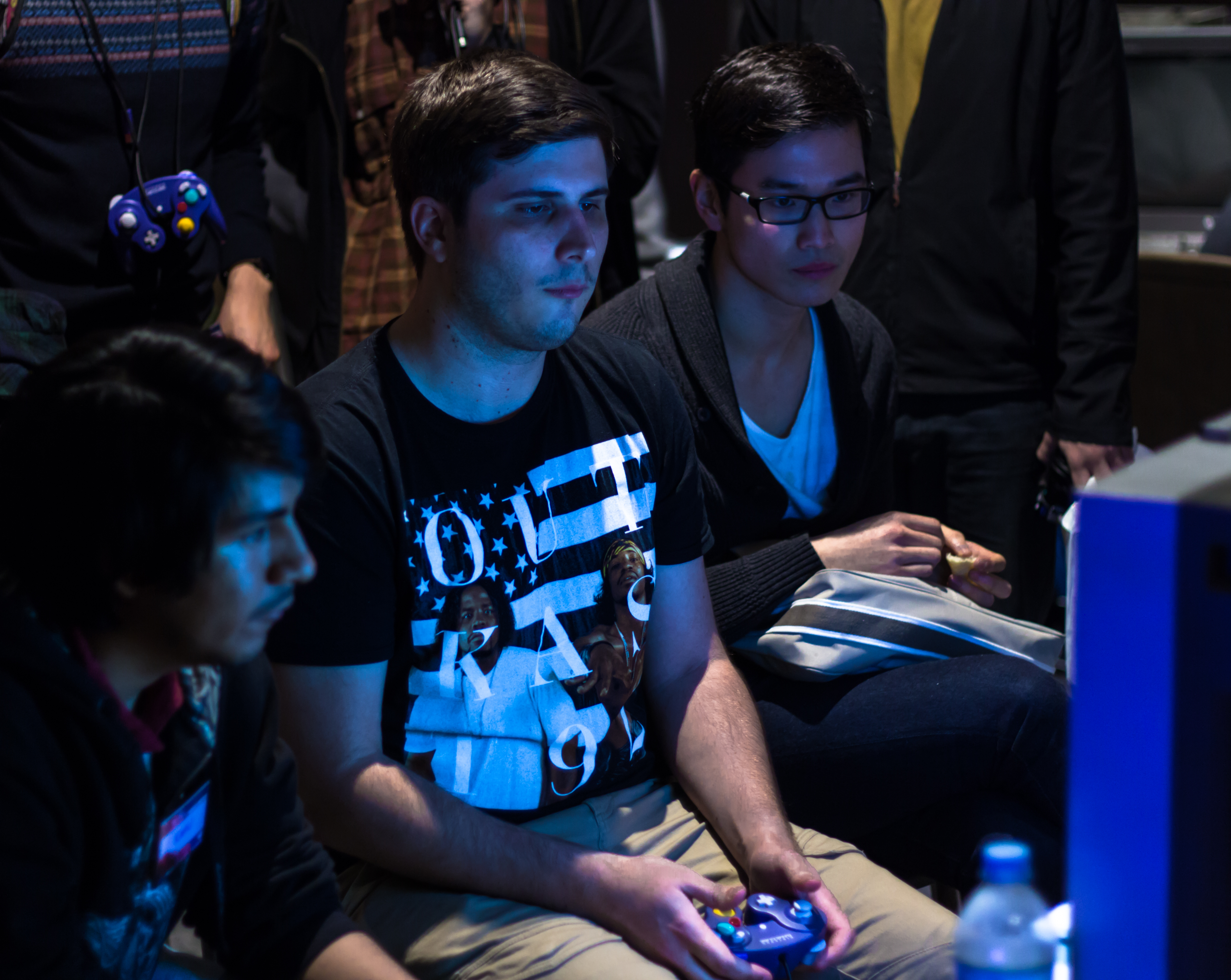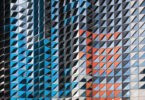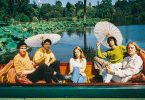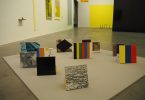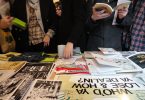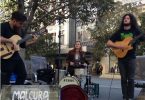
Generations Apart: Photos thanks to Jake Baldwin
When it comes to sport, Melbourne is the spiritual center of Australia; hundreds of events, thousands of fans and millions of dollars flood the state of Victoria annually. And while Melbournians might be familiar with yearly institutions like the Spring Race Carnival or Australian Open, there are plenty of smaller events that slip under their radar.
Held over three days, Shadowloo Showdown is the largest fighting game tournament in Australia and one of the largest in the Asia/Oceania. 2014 saw the event reach its fifth year consecutive year of opening doors to local participants, international competitors and eager observers alike.
Every year the CQ Hotel Event Room on Queens Street fills up with dozens of TV monitors as fans crowd around gaming devices to watch players go to head-to-head in games like; Ultimate Marvel vs Capcom 3, Street Fighter IV, King of Fighters XIII, Super Smash Bros Melee and Tekken Tag Tournament 2, along with many others. Ladders and ranked matched are held constantly for every game, with the largest being projected on wall sized screens.
But events like this don’t just offer a fun outing like most other sports, they give people a real chance to help participate in and influence the local community, according to Ali Abdo co-founder of Shadowloo the organisation which runs Shadowloo Showdown.
“We run these things so we can get more competitive gamers out there to enjoy offline gaming”, he says. “We pretty much compete in all the games that have a following at the moment. We’d love to have every single fighting game ever, but if only a couple of people show up then what’s the point in that?”
While some games only have a couple of people playing them at any one time, the event as a whole is growing over the last five years. “It averages between 20 to a hundred [international players], depending on the year” says Ali. “Local guess, ranges anywhere from 200 to 400, so it’s a pretty good community.”
This year games like Super Smash Bros. Melee and Project M both exceeded 100 entrants, and a slew of respected players from all over the world took part, including Adam Lindgren, better known by his online tag, Armada.
Considered by many the best Melee player in the world, the 21-year-old Swede has competed all over the world and thinks that Australia still has a long way to go before it can match America.
“The community in Australia is a bit younger than America or Europe, but overall Europe and Australia are far behind America right now, unfortunately” he said.
Armada places this down on two things; the community here needs to grow larger and the culture needs to change.
“They [promoters] just need to make sure these events these events happen more often, try to bring everyone together and have a bit more of a winner culture, maybe,” he said. “Maybe Europe and Australia need that winner mentality, that you really, really try when you’re playing, because we can catch up faster that way.”
“Hard practice in necessary, tournaments like this need to happen more often, and I think that both Europe and Australia probably lack that.” he said.
Other international players echo Armada’s comments.
Born in Saudi Arabia, Latif has seen the world through fighting games, taking part in tournaments in the U.S., Middle East and Shadowloo; he too believes that while Australia is home to many talented players, it still has a long way to go.
“In Saudi Arabia our community is really small, the Middle East in general, because we’re like one community, we have our selective good players. You guys have a lot more decent players, but compared to professional players we have the same amount.” he said.
But Latif did mention that the event was bigger than he expected, adding “hopefully I can come again.”
Armada and Latif are world class players, compared to them even the best competitors can appear like armatures. It’s evident by the skill and frequency with which they play.
As a child Armada’s brother took him to a fighting game tournament “and it went pretty bad, so I decided I want to become the best in the world one day” he said. Armada streams himself practicing thanks to online services like Twitch, playing Melee for a minimum of one hour per day, sometimes up to five.
Latif has been playing competitively since 2007, starting from a young age when his cousin made him play Ultimate King of Fights together.”I found the more I hate the game, the more I understood it and the more I understood it the more I liked it” he said.
This is the kind gaming ethic needed to do well in the fighting game scene and Shadowloo Showdown serves as a great example of what Australia can do. But compared to the largest fighting game event in the world, Australia is far behind, both in terms of scale and skill.
Running since 1996 Evolution Championship Series (EVO) has drawn thousands of players from all over the world, with a record breaking two thousand participants (not spectators) recorded.
Taking place in Las Vegas it’s an example that given the right place, time and community any sport or event can take off. Latif could only describe the atmosphere there as “hype”.
Shadowloo Showdown might not have taken off like EVO has just yet, but with only five years in a city of just over 4 million people, all it could really need it time. As Ali believes it does.
“End goal, I would love to see Shadowloo Showdown get to the point where it’s at the Melbourne Exhibition center, if we can get sponsors to support that sort of advance that would be sick. I think the thing lacking from Australian tournaments is prize money; I’d like to see a lot of people rewarded for their hard efforts a little bit more, nothing crazy but maybe 5 or 10 k to first place.”
It’s possible that if this small but dedicated group of die-hard fans and keen promoters keep trying, in a decade’s time Shadowloo Showdown will hold a spot on Melbourne’s sports calendar next to events like the Melbourne Grand Prix or AFL Grand Final.

